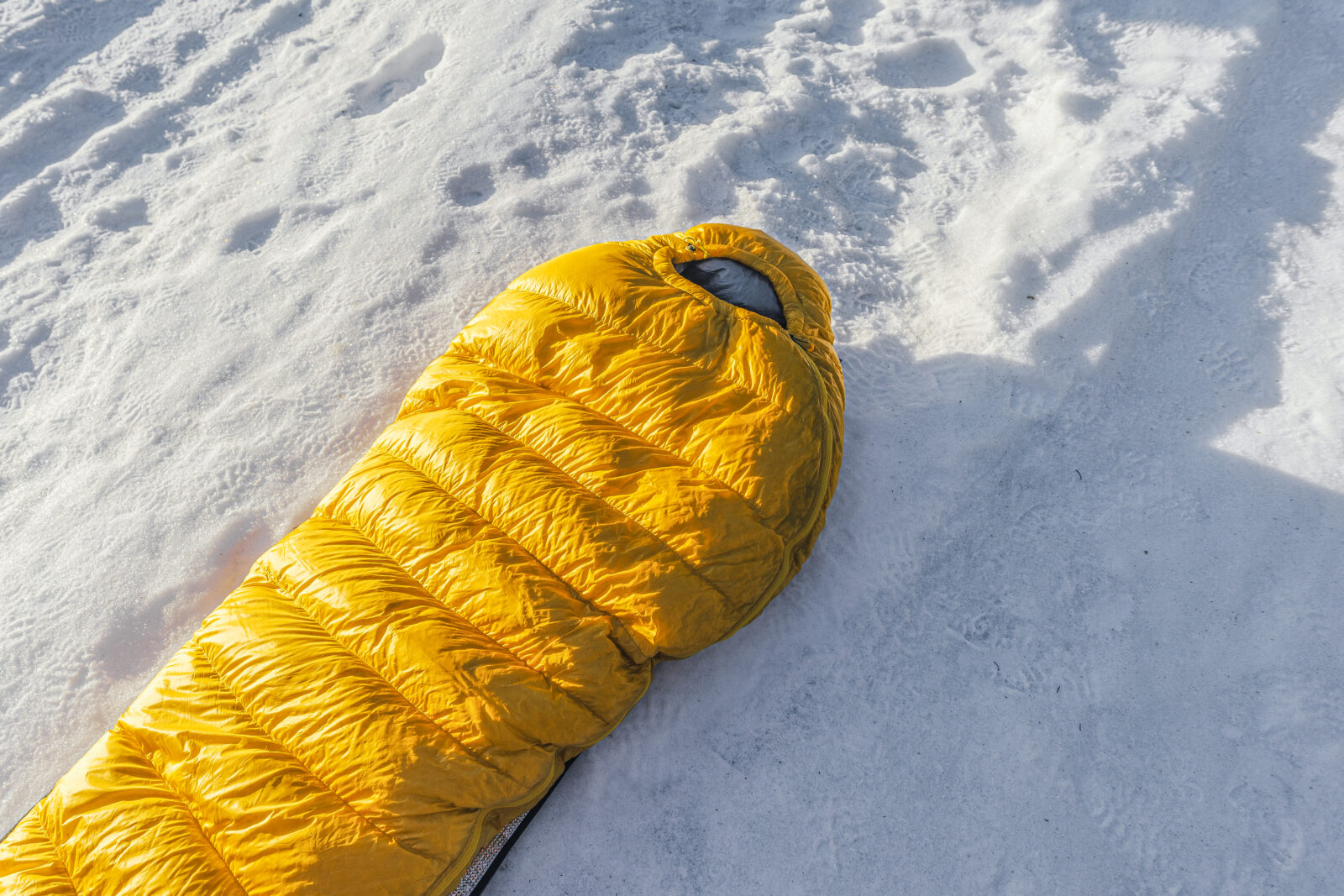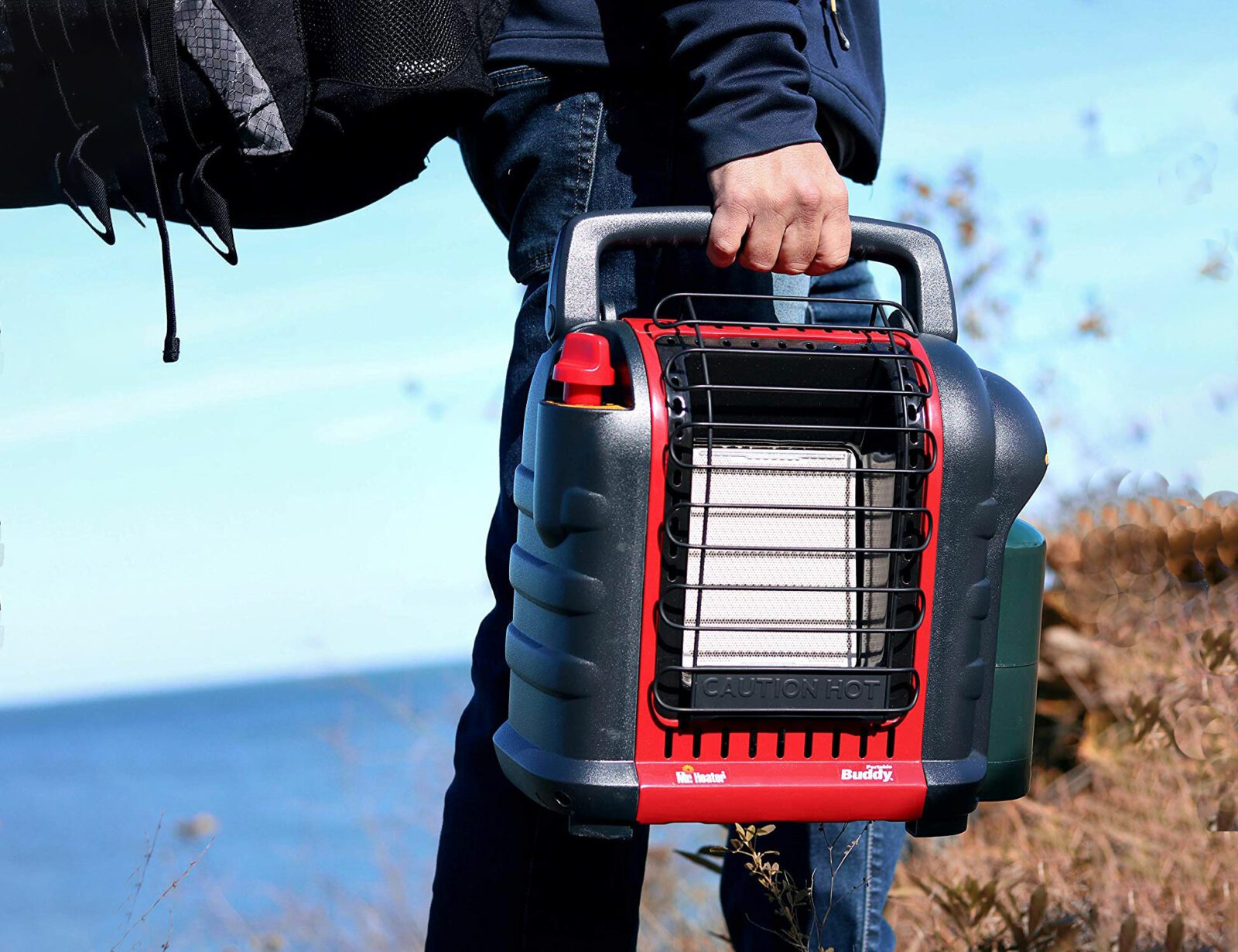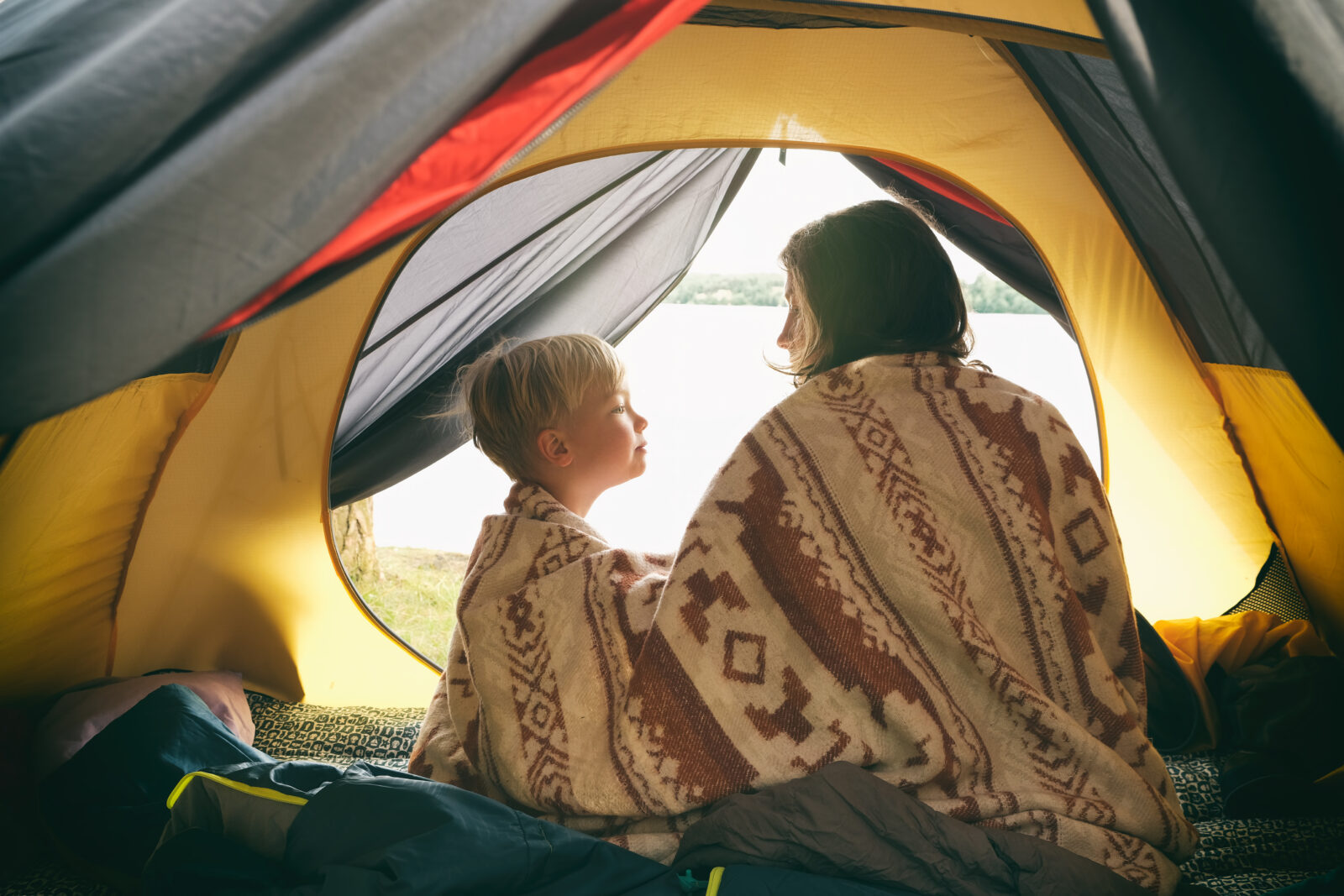Let’s face it.
Temperatures can get pretty frosty while camping, even if you’re adventuring during the summer months.
Staying warm at night in the great outdoors can be difficult, so it’s important that you’re prepared with the right knowledge and gear to ensure that your camping trip goes off without a hitch.
To help you out, here are 13 of the best ways to stay warm while camping, regardless of where your journeys take you.
1. Always dress in layers
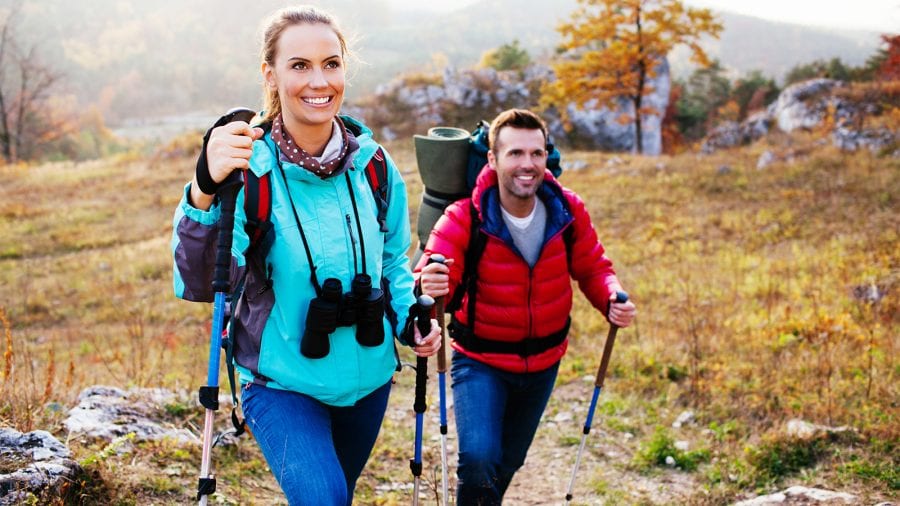
Staying warm while camping starts with wearing the right hiking clothing. However, while many of us might feel inclined to wear just one large puffy jacket instead of four or five smaller ones, it’s actually better to dress in layers.
That’s because dressing in layers allows you to more easily manage your warmth levels while you’re outside. Although it might seem more efficient to wear a t-shirt and a large puffy at night, if the conditions change, you’ll be less prepared to adapt to your environment.
Therefore, your ideal layering strategy while camping is as follows :
- Base layers. Moisture-wicking shirts and long underwear that pull away sweat from your body.
- Mid layers. Insulated fleece, puffy, and heated jackets that are designed to keep you warm.
- Outer layers. A rain jacket that’s large enough to fit over all your other clothing so you can stay dry in the wind and rain.
As you can see, dressing in layers allows you to quickly put on or take off different articles of clothing as the temperature and weather change around you, whether you’re winter camping in Yosemite National Park or on a desert adventure in Bryce Canyon.
Read More : How to Layer Effectively for Camping in Cold Weather
2. Wear a hat or a hood
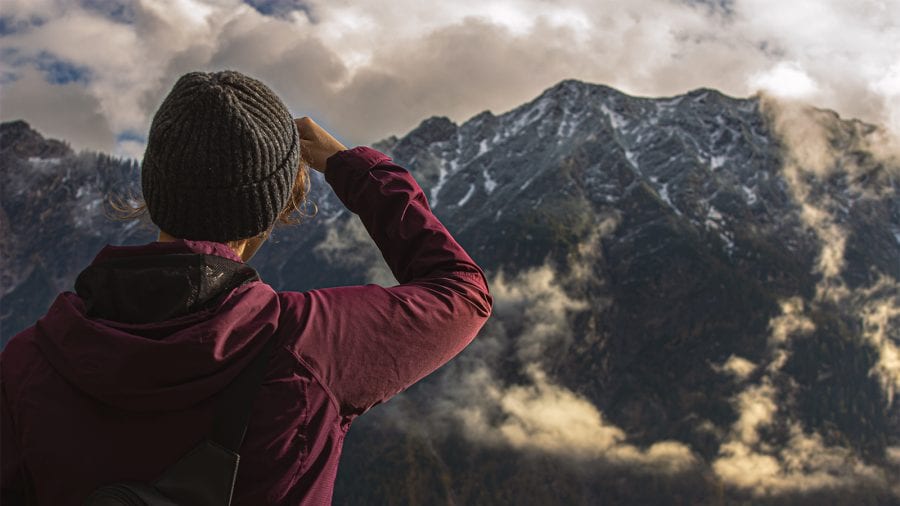
There’s an old adage that says that you lose most of your body heat through your head.
While this isn’t exactly true (you lose heat throughout your entire body, not just your head), we do often end up losing quite a bit of heat through our head simply because it’s often one of the few parts of our body that isn’t always covered with clothing.
So, while our upper and lower bodies are fully outfitted in insulated clothing, our noggin is sometimes left exposed to the cold. Thankfully, the solution to this is quite simple; wear a hat or a hood.
Wearing a hat or a hood (or both!) might not solve all of your problems, but it’s certainly a good place to start if you want to ensure that you’re protecting yourself from the cold as much as possible.
3. Put on your rain jacket when it's windy
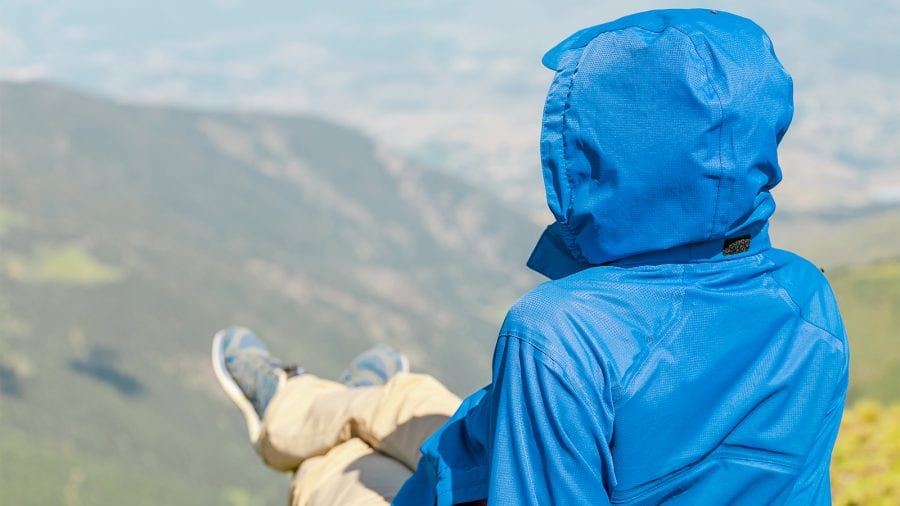
You’ve probably noticed that even a warm, sunny day can feel very cold when the wind starts to pick up. This is no coincidence.
The wind is actually one of the most effective forms of convective heat transfer, or the transfer of heat from one place to another through fluids or gases. As the wind blows, it pulls heat away from your body and disperses it through the atmosphere, making you much colder than you would be if it was a calm, wind-free day.
To prevent this wind-induced heat loss, put on a rain jacket. Your rain jacket is both waterproof and windproof, so it will help to reduce the amount of heat that escapes from your body, keeping you warmer while you’re outside in windy conditions.
Read More : How to Camp Safely in High Winds
4. Use 2 sleeping pads at night
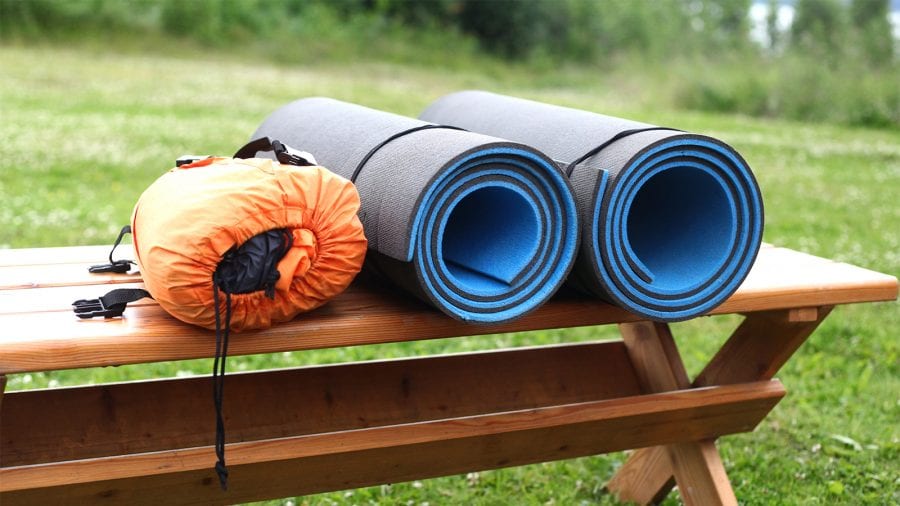
We often think of sleeping pads as an important piece of gear for nighttime comfort, but they’re actually really meant to insulate us from the cold ground. In fact, the ground can be just 40ºF (4.4ºC) in shady locations, even in the middle of the summer, which makes it particularly problematic if you’re trying to stay warm at night.
Although this is often overkilling during the summer months, packing two sleeping pads is a must for staying warm while winter camping.
If you can’t pack two sleeping pads on your adventures, then your next best bet is to invest in a model with a high R-value. An R-value is a metric that demonstrates the insulating qualities of a sleeping pad, so higher R-value sleeping pads tend to be warmer at night.
5. Consider a sleeping bag liner
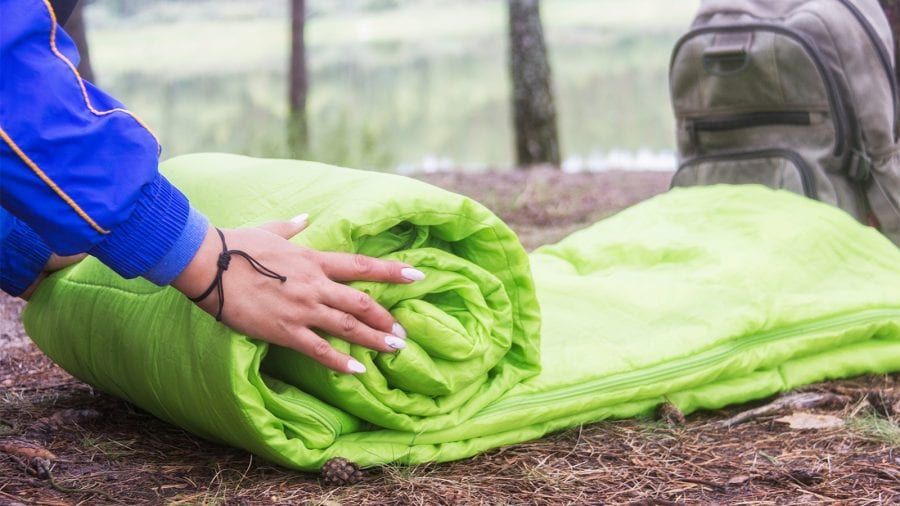
These days, most sleeping bags come with a temperature rating that helps you determine when you should use that sleeping bag while camping.
That being said, most people only have one, two, or three sleeping bags, so it’s unlikely that you’ll have a model that’s perfectly suited for the conditions you’ll face while camping.
In these situations, a sleeping bag liner can help expand the useful temperature range of your sleeping bag, allowing you to stay warm and comfortable while snoozing in your tent at night.
6. Prepare a hot water bottle
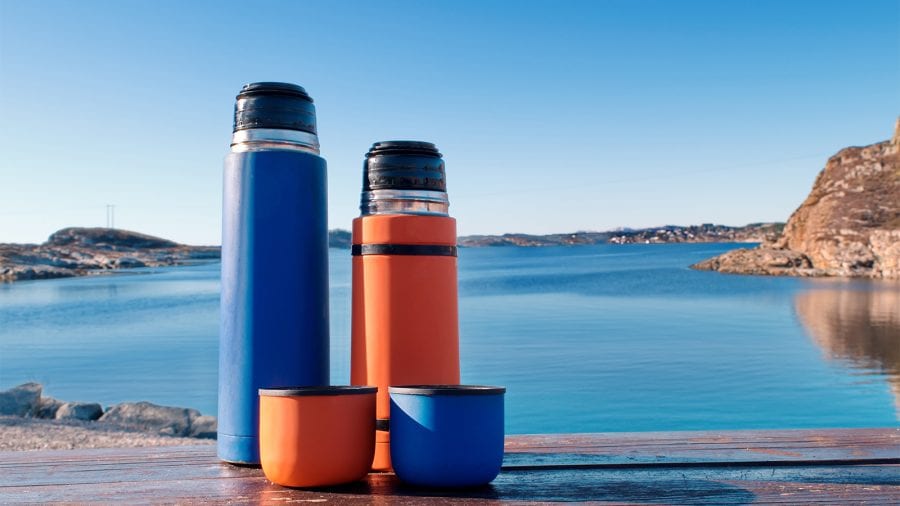
A fun, cozy way to stay warm in your tent at night, a hot water bottle is a perfect choice for any chilly outdoor adventure.
To make a hot water bottle, simply fill up a durable plastic water bottle, like a Nalgene, with warm water from your stove before going to bed.
Then, bring your hot water bottle into your sleeping bag with you and cuddle with it at night for an extra burst of heat on frigid evenings.
Read More : 11 Ways to Boil Water While Camping
7. Increase your food intake
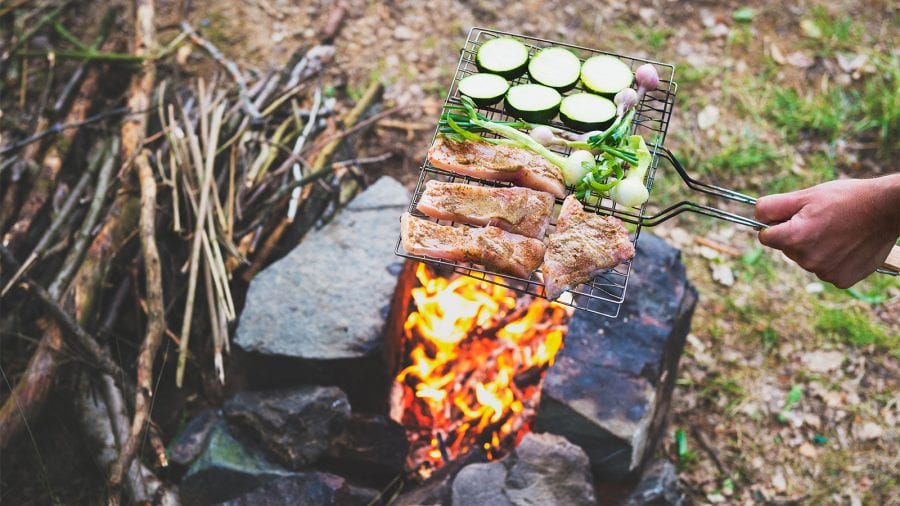
Staying warm takes energy and we humans get our energy through food. If you’re serious about staying warm while outside, you’ll need to plan to eat a bit more each day than you normally would at home.
The total number of calories that you’ll need while camping depends greatly on your personal body composition and the conditions that you’ll face.
But, in general, you should expect to pack more calories in your camping meals and hiking snacks than you’d generally eat if you were going about your day to day life.
8. Bring many pairs of gloves
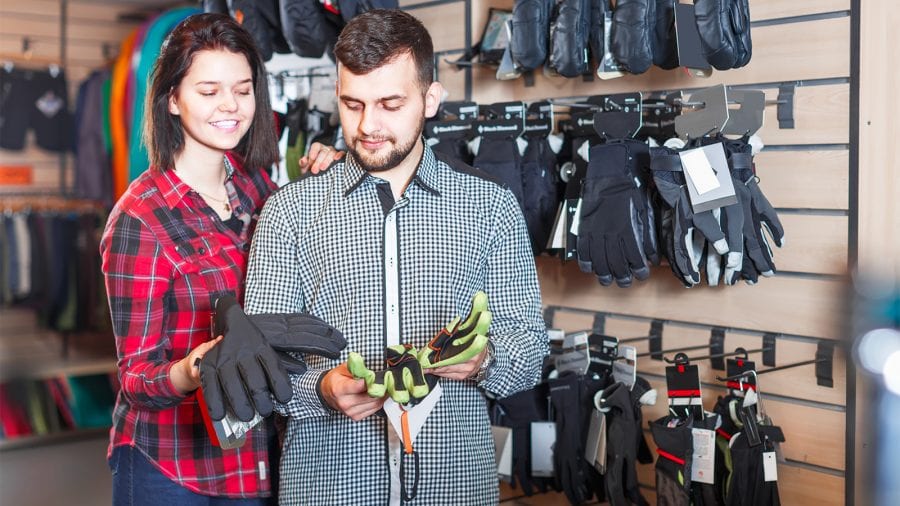
Our fingers are often one of the first things to get numb and cold in frigid climates, so you need to come prepared with the right gear to keep your hands toasty warm while camping.
Anyone looking to camp in cold environments should plan to pack many, many pairs of gloves. For a short summer camping trip, one pair of liner gloves might be okay, but as soon as the temperature drops and the likelihood for snow and rain increases, so should your stockpile of gloves.
For longer winter camping adventures to snowy locales, like Rocky Mountain National Park, you should expect to pack three to four pairs of liner gloves, two to three pairs of insulated or heated gloves, and even a pair of waterproof shell gloves to keep your hands dry while outside.
9. Enjoy a hot drink at night
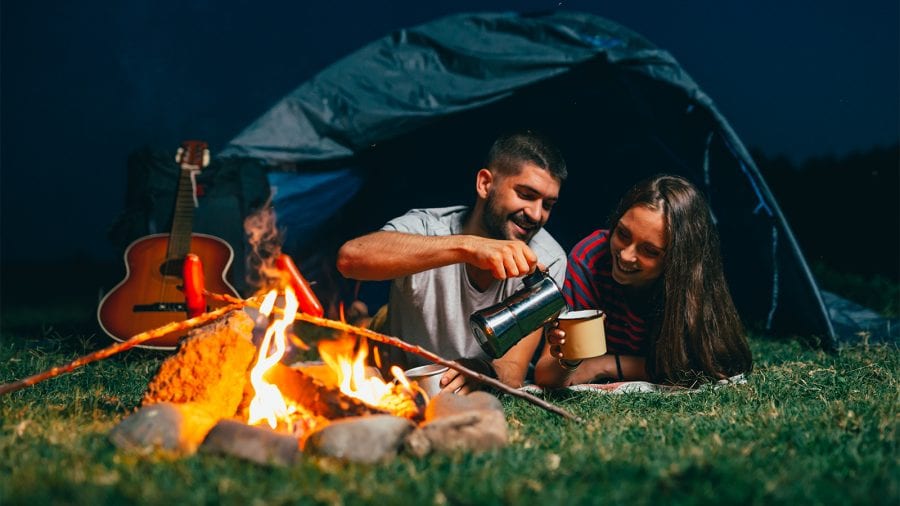
There are few things more satisfying while camping than a mug of hot cocoa or tea at night. In addition to making you feel good, though, having a hot drink can also provide you with a nice warming sensation to help kick-start your body’s metabolism on a cold evening.
Hot drinks also provide one other key benefit, namely, hydration.
In fact, many people find that they don’t hydrate enough in cold environments simply because they don’t feel as thirsty as they might on a summer adventure. Dehydration slows down your metabolism, which affects your ability to stay warm.
So, sipping on some hot cocoa at night can have some real benefits while you camp.
Read More : How Much Water Should You Bring to Camping?
10. Ensure proper tent ventilation
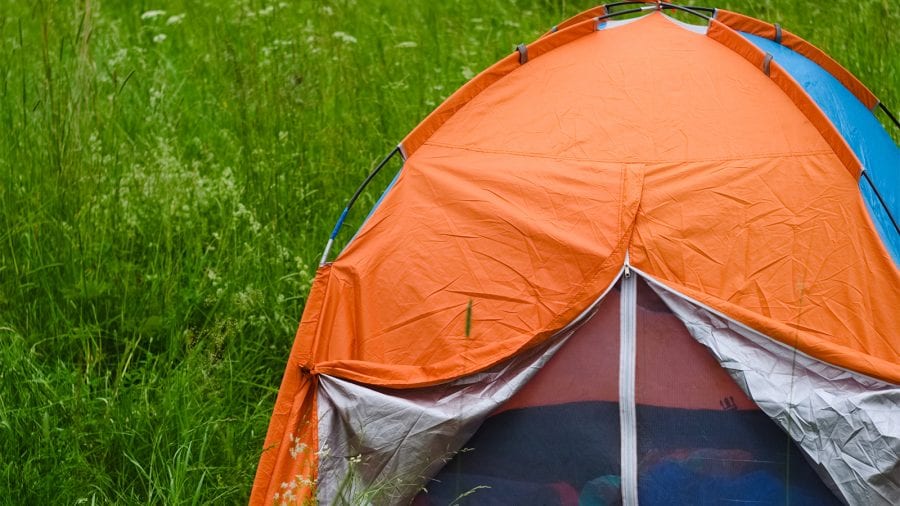
When most of us think about staying warm at night, we think about insulating our tent as much as possible to protect us from the cold. While this is certainly a good idea, it’s important that we don’t go so far with our insulation quest that we forget to allow proper ventilation into our living space.
Ventilation is important in cold environments because it prevents the build-up of condensation at night. This causes a number of problems, though perhaps the most concerning issue is that condensation can soak our sleeping bags and warm clothing.
Although this might not be as big of a concern for folks with synthetic sleeping bags and jackets, anyone camping with down sleeping bags and jackets needs to be prepared to protect their gear from moisture at night.
Since down provides no insulative value when wet, preventing condensation through proper ventilation in your tent is of the utmost importance if you want to stay warm in cold conditions.
Read More : 10 Ways to Make Tent Camping More Comfortable
11. Exercise before going to bed
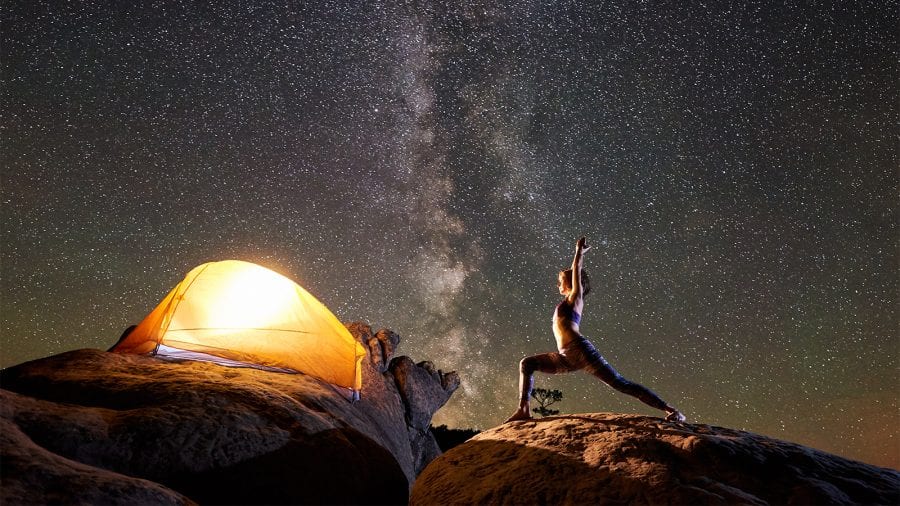
If you find that you’re frequently cold at night while camping, try doing some jumping jacks or push-ups before going to bed.
Why?
Well, doing a bit of light exercise helps to increase your heart rate, which stimulates your metabolism and makes you warmer. If you do some light exercise right before jumping into your sleeping bag for the night, your body will already be producing quite a lot of body heat, which your sleeping bag can trap and use to insulate you from the cold.
Although you can just head straight from your evening hang-out around the campfire into your sleeping bag, doing some jumping jacks before you get into bed will often warm you up just enough to get you through the night.
Read More : How to Get A Good Night Sleep while Camping
12. Avoid alcohol while camping
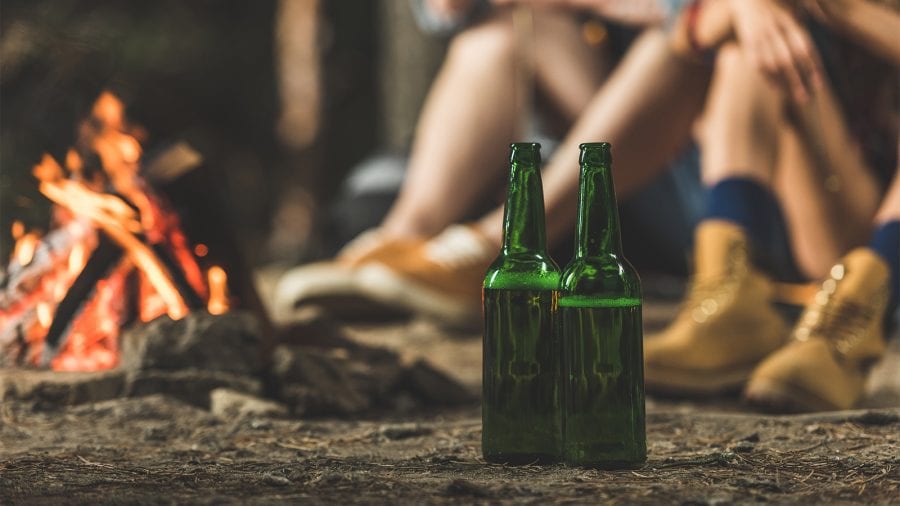
Enjoying a few adult beverages while camping might be a fun way to spend your time outdoors with your friends and family. However, drinking alcohol can actually make you colder.
Indeed, it’s a common misconception that alcohol warms you up in cold environments. Unfortunately, that couldn’t be further from the truth.
Although alcohol might provide a slight warming sensation as you drink it, alcohol is actually a vasodilator, which means it opens up your blood vessels and sends blood from your heart, and flows it around your body, particularly to your skin.
This might seem like a great thing, but increasing blood flow around your body in very cold conditions actually limits that amount of blood at your core and at your major internal organs, causing your core body temperature to plummet. Not good.
So, a drink here or there on a warm night might not be problematic, but alcohol is best avoided in very cold conditions.
Read More : 10 Fun Drinking Games to Keep the Campfire Going
13. Pack a tent heater
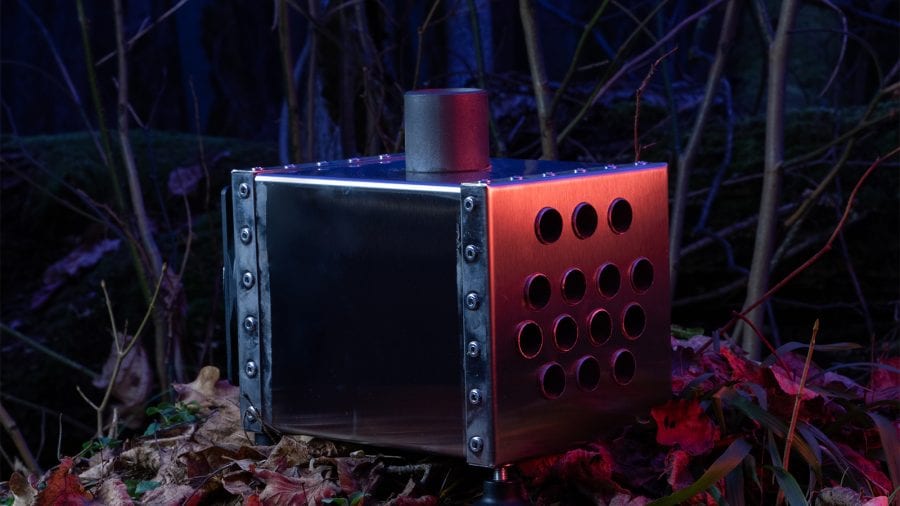
If it’s really cold outside during your car camping trips, a tent heater might be your best bet for staying warm. These nifty devices come in electric and gas-powered models, allowing you to find an option that best suits your needs.
Although you shouldn’t leave a tent heater running all night for safety reasons, turning on your heater for an hour or so before you go to bed and when you wake up can give you the extra blast of warmth you need on a cold night.
Gaby Pilson
Gaby is a professional mountain guide with a master’s degree in outdoor education. She works primarily in the polar regions as an expedition guide, though she can be found hiking, climbing, skiing, sailing, or paddling in some of the world’s most amazing places when not at work.
